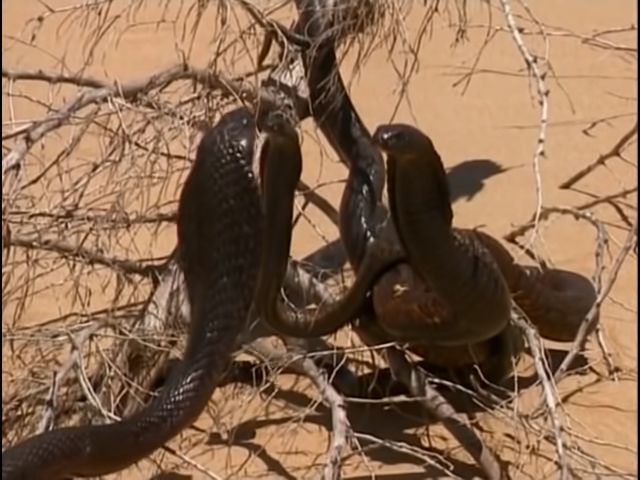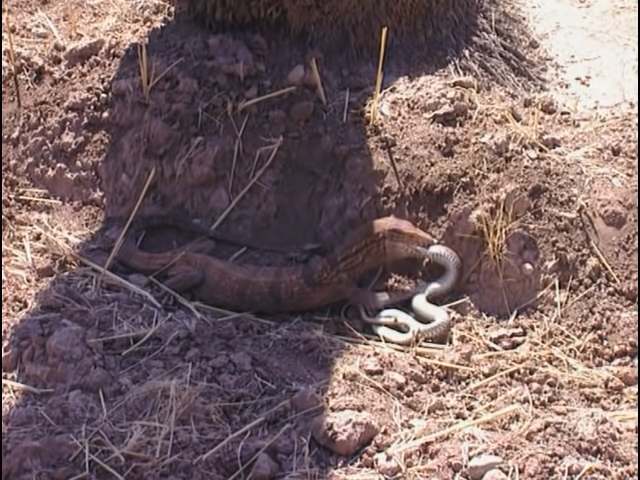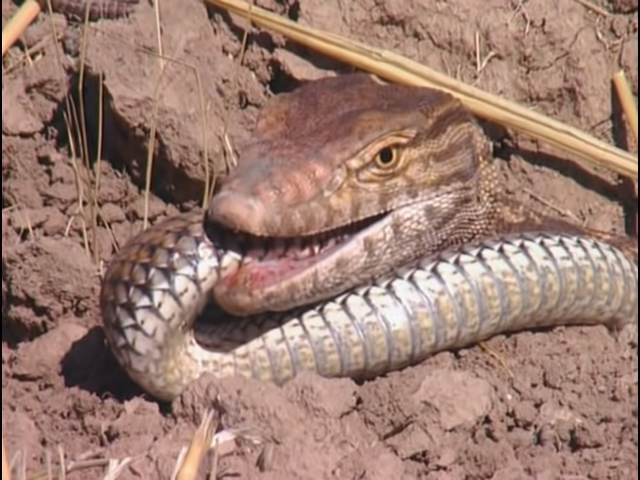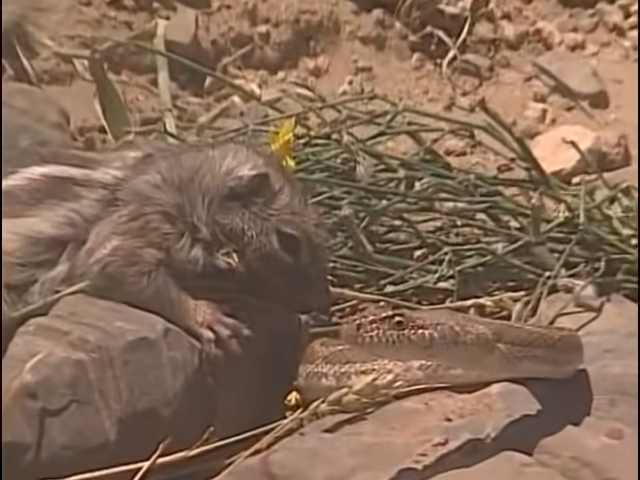The cobra is a fascinating creature, known for its distinctive hood and venomous bite. It is found in various parts of the world, especially in the arid regions of Africa, the Middle East, and Asia. As one of the most dangerous predators of the desert, the cobra is a feared and respected animal, and it has been the subject of many legends and myths throughout history.
The cobra is a member of the Elapidae family, which includes other venomous snakes such as the taipan, the mamba, and the coral snake. Cobras are distinguished by their broad, flattened heads and their ability to raise the front part of their bodies off the ground and spread their necks into a distinctive hood when threatened or disturbed. This hood display is meant to intimidate potential predators and warn them of the cobra’s deadly venom.
Cobras are opportunistic hunters, preying on a wide variety of animals, including rodents, lizards, birds, and other snakes. They use their venom to immobilize their prey and then swallow it whole. Cobras are also known to be cannibalistic, sometimes preying on their own species.
The venom of a cobra is highly toxic, and can cause respiratory failure and death in humans if not treated promptly. However, cobras are not naturally aggressive towards humans, and will only attack if they feel threatened or cornered. If you encounter a cobra in the wild, it is best to give it a wide berth and let it go on its way.
In many cultures, the cobra is a symbol of power, wisdom, and protection. In ancient Egypt, the cobra was worshipped as a goddess and was often depicted on the crowns of pharaohs. In Hindu mythology, the god Shiva is often depicted with a cobra coiled around his neck, representing his power over life and death.
The cobra is a fascinating and deadly predator of the desert, with a rich history of mythology and symbolism. While it is important to respect the danger that cobras pose to humans, it is also important to appreciate the beauty and wonder of these majestic creatures.
